Optimal Timing for Tree Straightening
Tree straightenings are most effective during specific periods when trees are actively growing or dormant. Timing can influence the success of correcting leaning or crooked growth, ensuring healthy development and stability.
Late winter to early spring is ideal, as trees are dormant and less susceptible to stress.
Performing straightenings during active growth phases can promote quicker recovery and stabilization.
Dry, mild weather conditions are preferable to prevent additional stress on the tree.
Some species respond better to straightening at specific times based on their growth cycles.
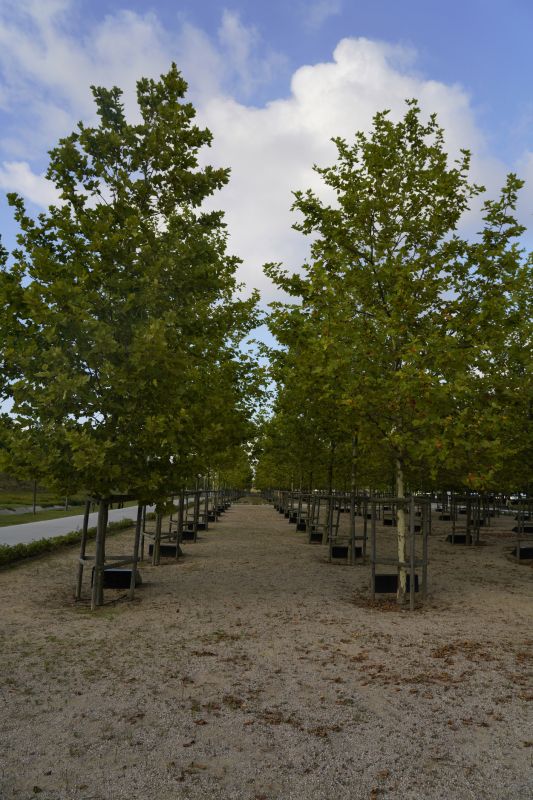
Ways to make Tree Straightenings work in tight or awkward layouts.
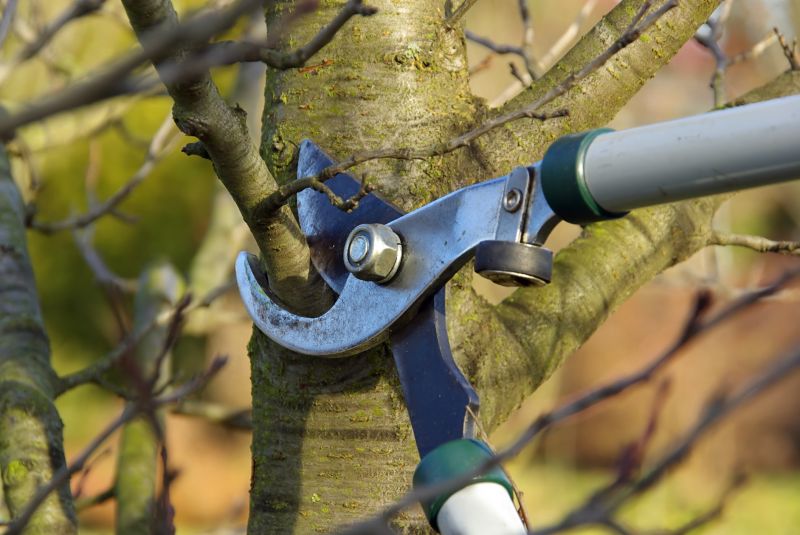
Popular materials for Tree Straightenings and why they hold up over time.
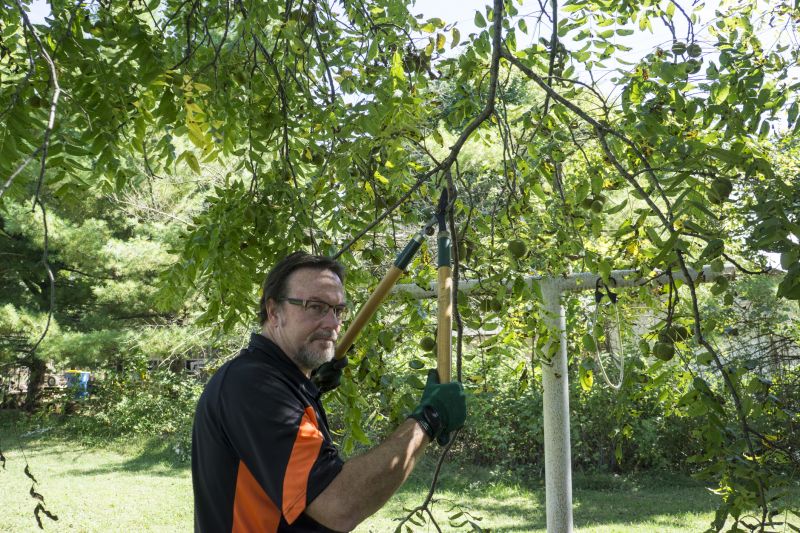
Simple add-ons that improve Tree Straightenings without blowing the budget.
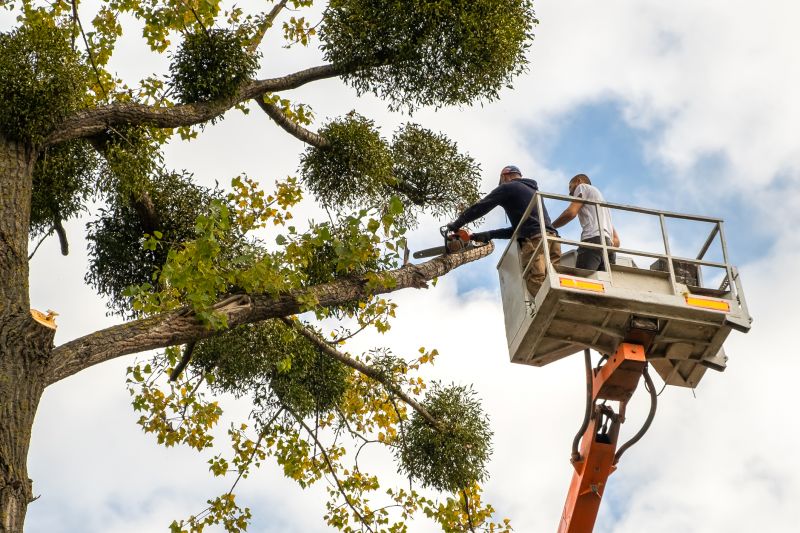
High-end options that actually feel worth it for Tree Straightenings.

Finishes and colors that play nicely with Tree Straightenings.

Little measurements that prevent headaches on Tree Straightenings day.
Tree straightenings involve adjusting the position of a tree to promote upright growth and structural stability. This process can include staking, cabling, or other methods to guide the tree’s development. Proper timing ensures that the correction does not interfere with natural growth patterns or cause undue stress.
Statistics indicate that trees treated during their dormant season have a higher survival rate and better long-term stability. Additionally, early intervention during growth phases can prevent future structural issues, reducing the need for more extensive corrective measures later.

A 60-second routine that keeps Tree Straightenings looking new.
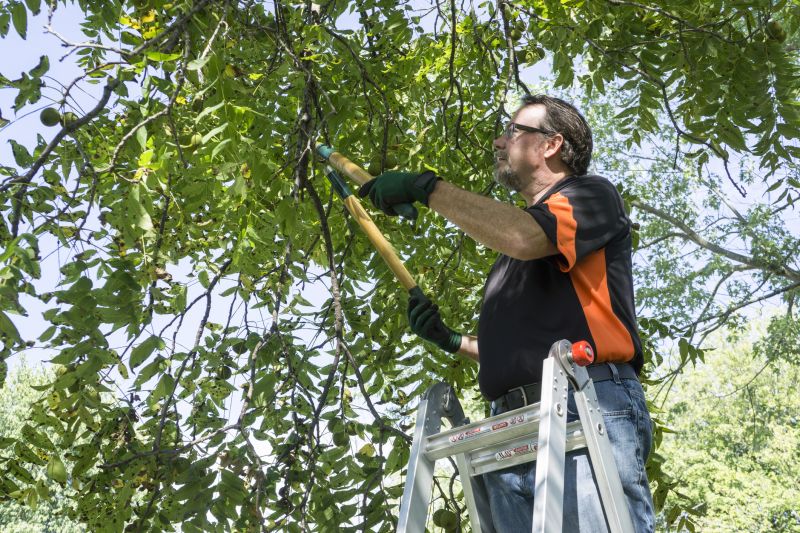
A frequent mistake in Tree Straightenings and how to dodge it.
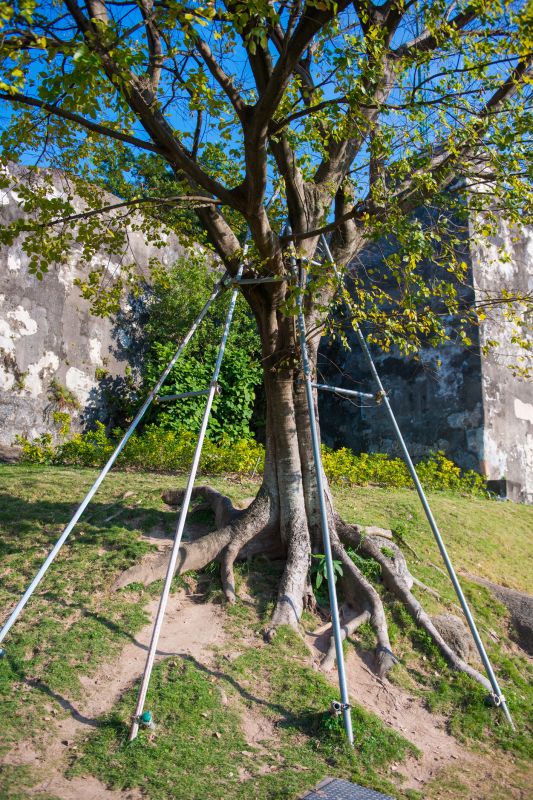
Small tweaks to make Tree Straightenings safer and easier to use.
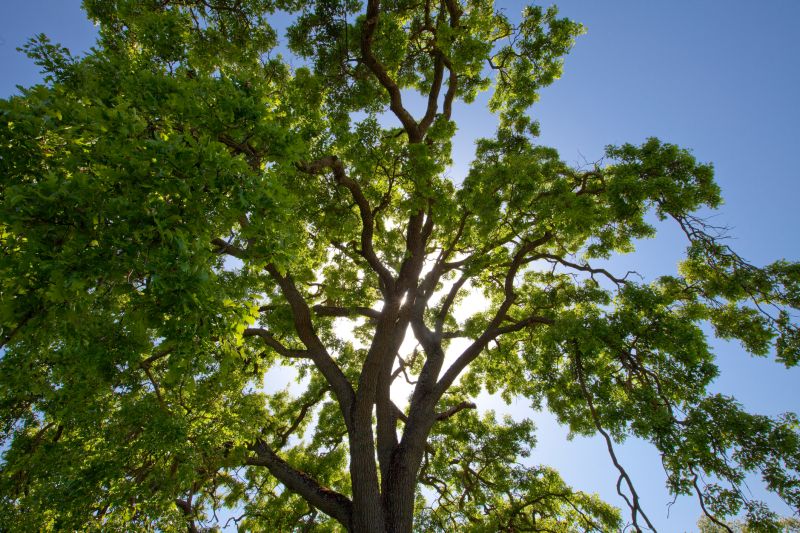
Lower-waste or water-saving choices for Tree Straightenings.
| Timing Aspect | Details |
|---|---|
| Dormant Season | Late winter to early spring offers minimal stress and high success rates. |
| Active Growth | Spring and early summer are suitable for quick adjustments. |
| Weather Conditions | Dry and mild weather reduces risks during treatment. |
| Species Considerations | Timing varies based on specific tree species' growth cycles. |
| Repeat Treatments | May be needed during active seasons for optimal results. |
For those interested in tree straightenings, filling out the contact form can provide further guidance and scheduling options tailored to specific trees and conditions.



